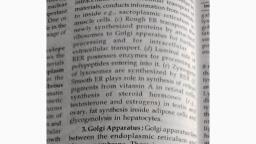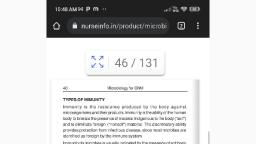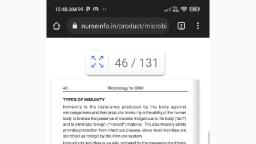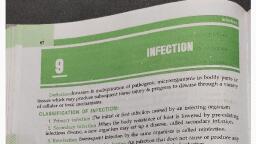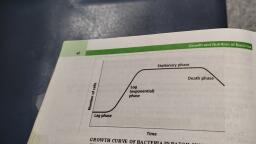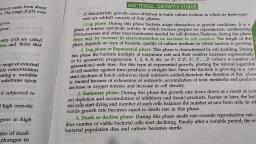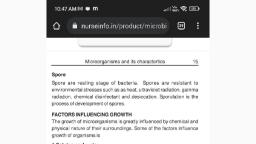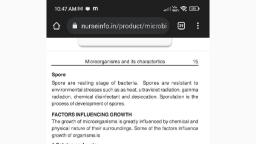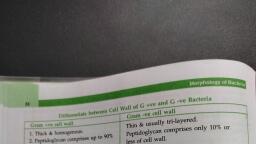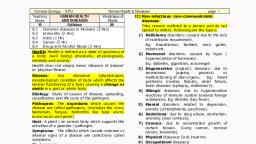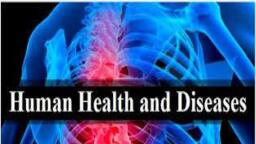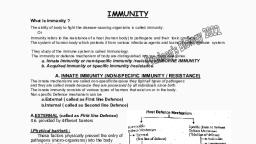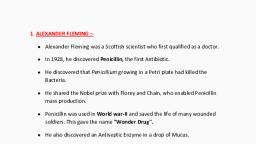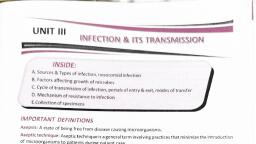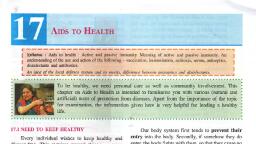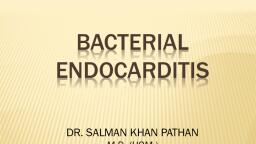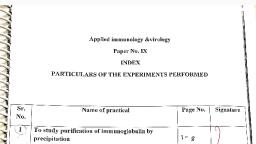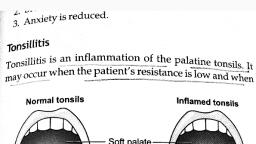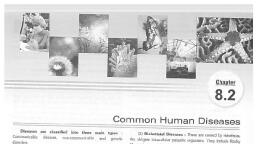Page 1 :
t, | Pe filbore, " delat, oii,, , , , , , molecules, micre, st to toxic mc ), host tc, , y the, sftered bY, ance offer, , 2 resist, It is defined as the rest, organisms & foreign cells, It is of two types, Innate immunity, Acquired immunity, aoe red, I Acquil, Innate (Natural), Passive, Speaite Non-specific ‘Active, H, Natural Artificial Natural “antiticia, , te Immunity : 7 Pe tin, . is ic immunity which may be genetically, It is also known as native immunity & is basic eae eal mnacsooteaaasirard:, passed on from one generation to other generation. er pA uae snnun, their products is not essential in this immunity. It ney, P, immunity may be further divided into following types:, , , , ie ies exhibit uniform pattern of susS imunity: Individuals of the same species e J, ceptibility to differentinfectons e.g., B.anthracis infects only humans not chicken,, S.typhi produces typhoid fever in man where as mice is resistant., , Racial immunity: Within one species, different races show difference in resistance, , or susceptibility to infection e.g., Algerian sheep is highly resistant to anthrax, Negros, are resistant to malaria & yellow fever., , Individual immunity: Different individuals of the same species & races show variation in resistance to infection e.g., homozygous twins exhibit similar degree of resistance or susceptibility to tuberculosis or leprosy. Such correlation is not seen in, heterozygous twins., , 'S INFLUENCING INNATE IMMUNITY:, Age: Generally speaking very young & very old individuals are more Susceptible tc, infections as compared to other, , d ge groups due to immature immune s stem ii, young & gradual waning of immune system in very old individuals. oo, , , , oTOR, , Nutrition: Malnutrition depresses all types of immune responses (both cell-medi
Page 2 :
ated & antibody- mediated immunity) a th, & thus increasing the rink of Infect, , , , , Certain hormonal, , hetanction an monal disorders like diabete, ilitus, deen ky Pothytoidism influences susceptibility ee cageva, melts, o to increased levels of carbohydrates in tissues, there eee at, , ceptitlity ten Sepsis. In pregnant women, due to increased ee. igh inciden, , eased steroid levels, at, , , , ceptibility to microbial infections increases, , ANISM OF INNATE IMMUNITY, , , , (A) Epithelial surface (Meck al barriers & surfa, , , , © The intact skin & mucous membr, cous membranes covering the body provide cons, vide bactericidal secretions. Sebaceous glands secrete sebtim which on fits BAHL abe, & unsaturated fatty acids that kill many bacteria & fungi. The dry skin with Hoke yee, tration is also lethal to many bacteria & fungi ‘ Sr eee chan, Conjunetivae: Lysozyme present in lacrymal secre, a a etions (tears) is bactericid, cidal. The dust particles é& bacteria are washed away by tears. Dacterisidal & viru, 3, Nose, nasopharynx & respiratory tract: Mucous mi i, act: is membrane lining the respiratoy, secretes a sticky substance called mucus which traps dust or other (expaeeaae au, rial inhaled from the environment. In respiratory tract, there are also ciliated evil, wine, move the dust laden mucous up & out of respiratory tract enabling it to be swallower, coughed out. Small particulate materials which manage to reach the alveoli are ingestat, phagocytic cells. The swallowed material is destroyed in the high acidic envirecmant 2, stomach & by digestive juices., 4. Mouth, stomach & intestinal tract: Saliva secreted by salivary glands has mild bacte, ricidal action. High acidity of stomach inhibits bacterial multiplication. The mucous membrane of GI tract provides protection by bactericidal enzymes secreted in lumen. The predominant normal flora of GI tract (e.g. E.coli) offer resistance to infections by inhibiting the, invasion & repopulation of pathogenic microorganisms. This is known as “colonizat, sistance”, 5..Gi sracomrinary tract: Semen is believed to contain antibacterial substances. Vaginal, secretions are highly acidic due to fermentation of glycogen by Lactobacillus (normal flora), which is bactericidal towards most pathogenic organisms., (B) Tissue factors / Tissue defenses: If the mechanical barriers of the body are crossed, by the infective agent, a number of factors in normal tissue & body fluids play their role in, providing the defense. Tissue factors may be divided into:, (a) Cellular factors, (b) Humoral factors, (a) Cellular factors: When an infective agent infects tissue, there occurs an exudative, (characterized by production of exudates) inflammatory response characterized by accumulation of phagocytes at the site of infection, outpouring of natural antibacterial substances &, deposition of fibrin which act as a barrier to spread of infection., 1. Phagocytosis : (Greek Phagos = eating; cyte = vessel, osis = a process) is a cellular, process by which foreign particles or infectious agents are ingested & digested by phago
